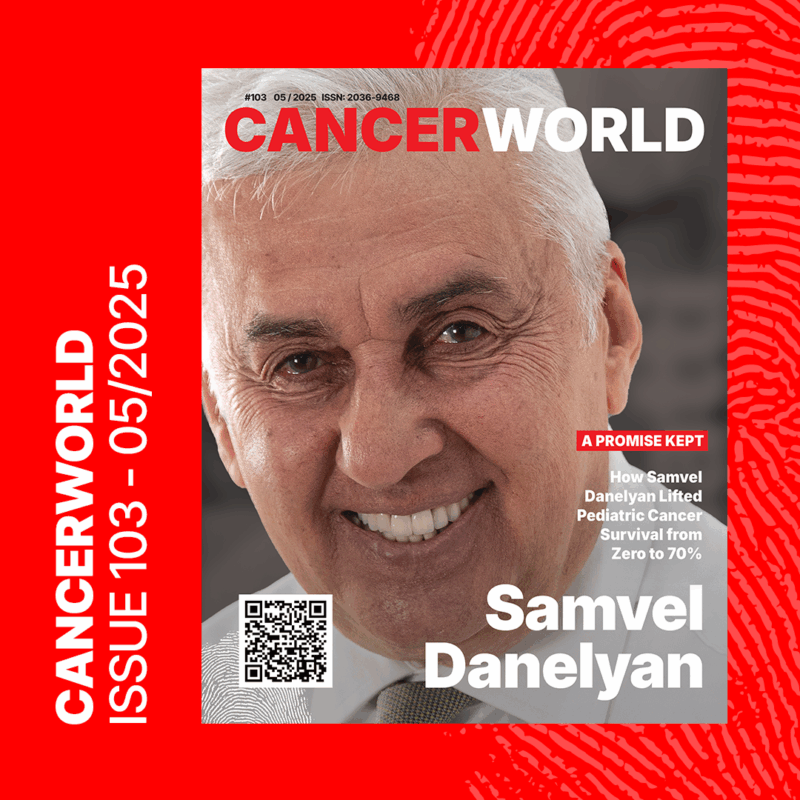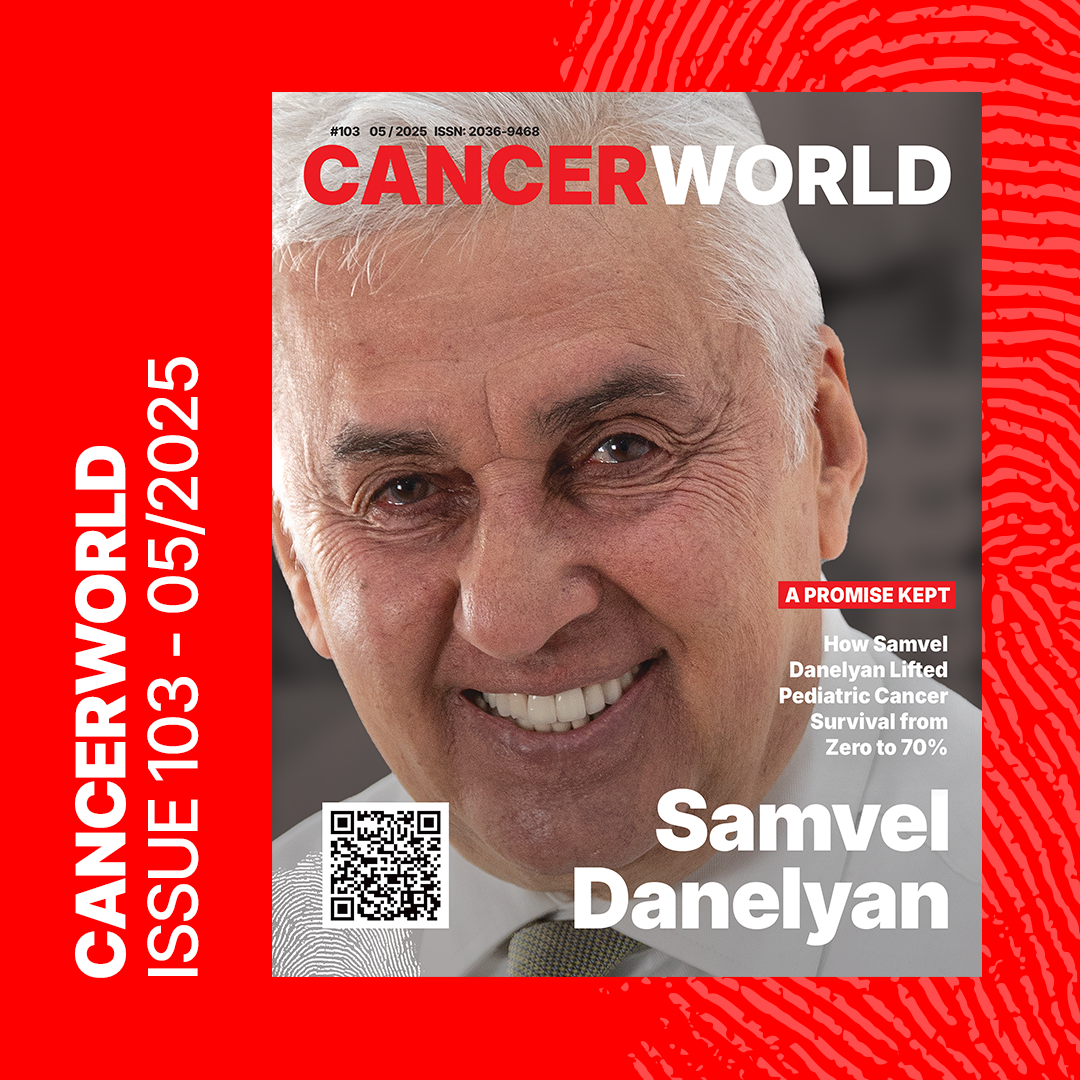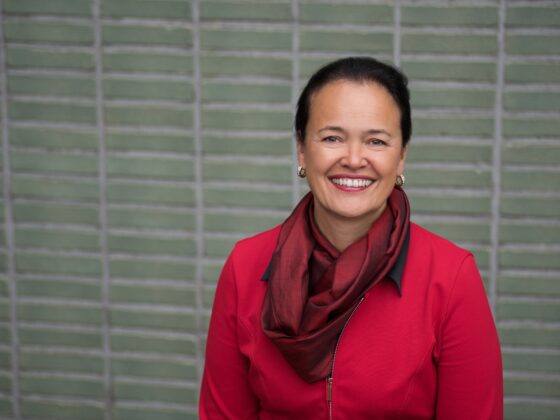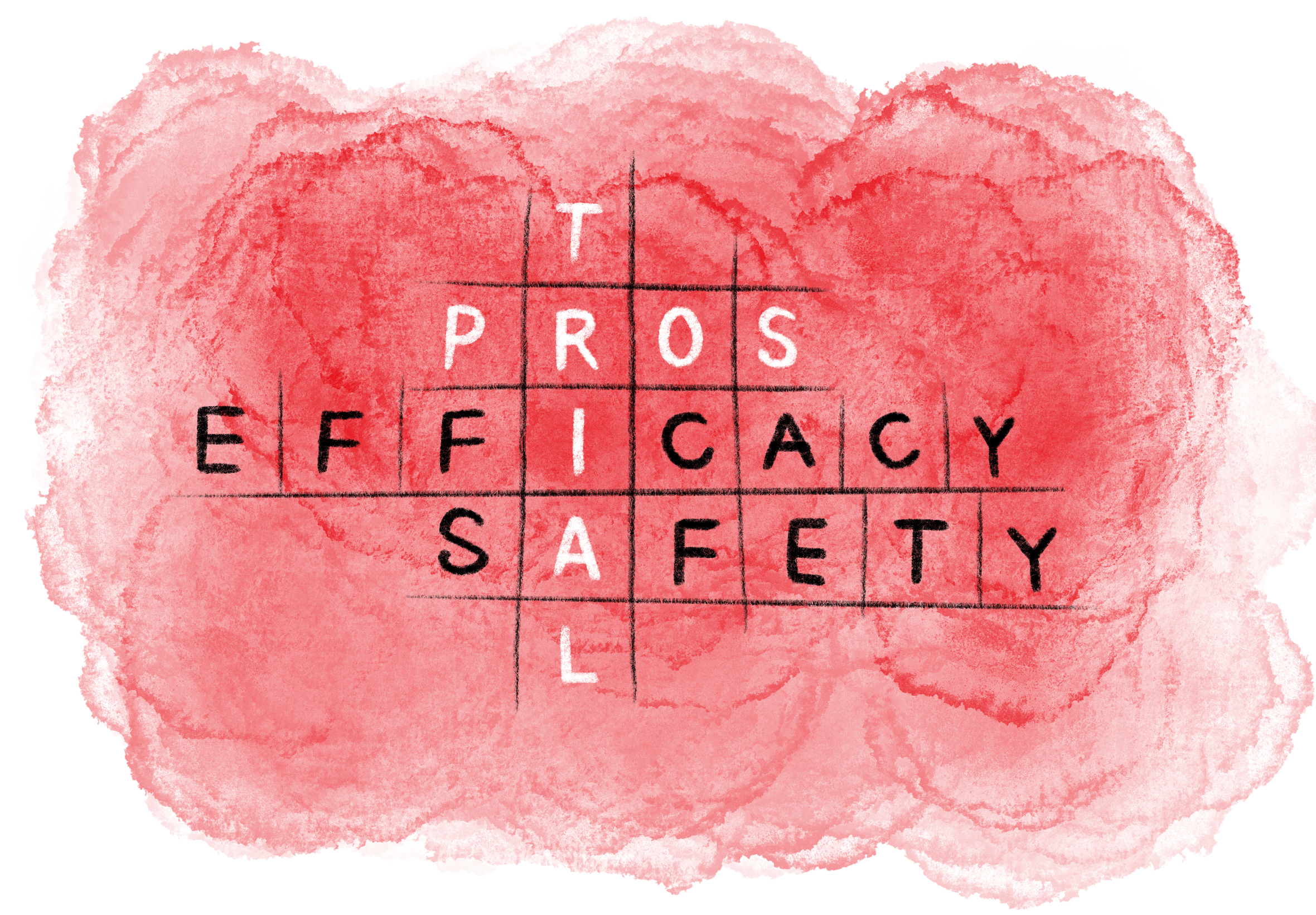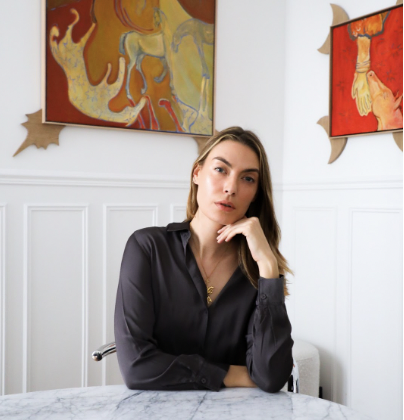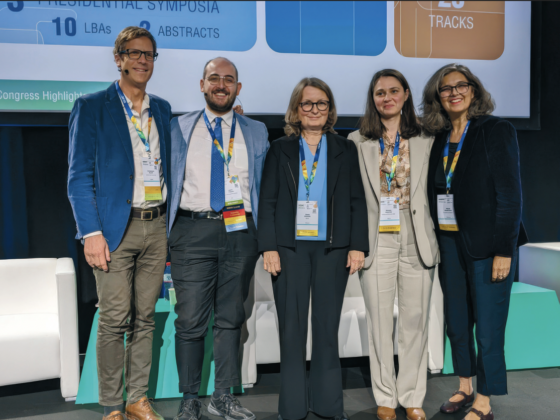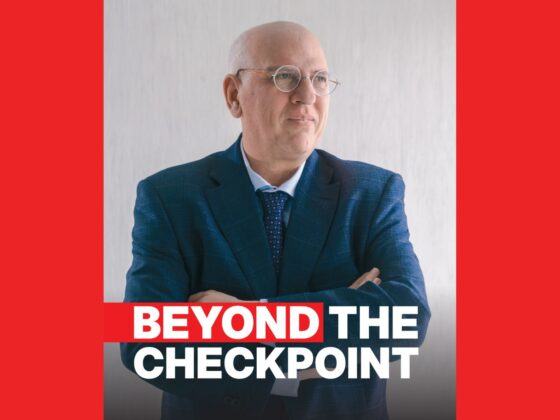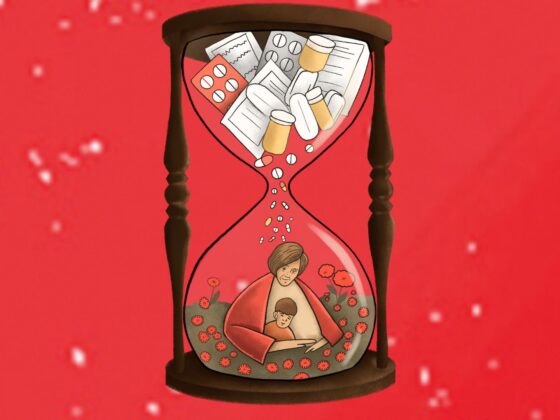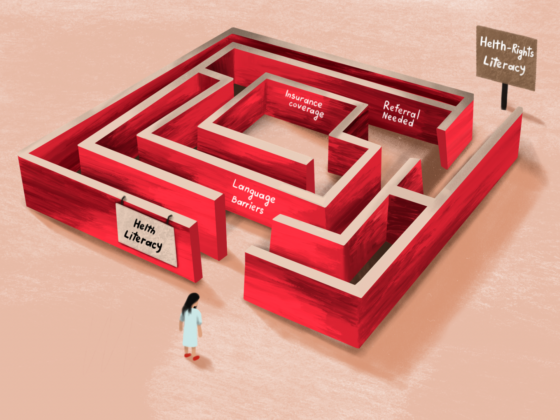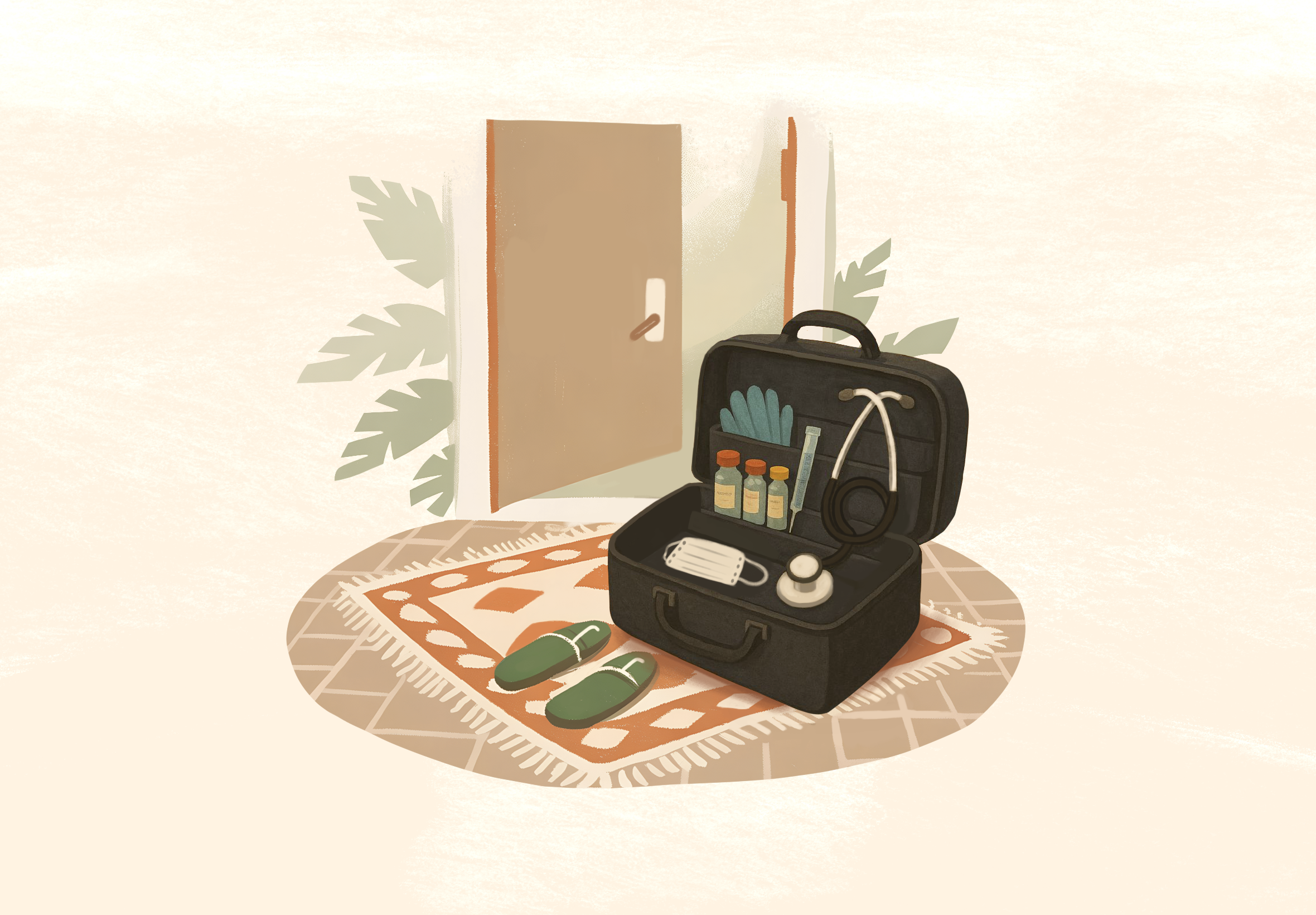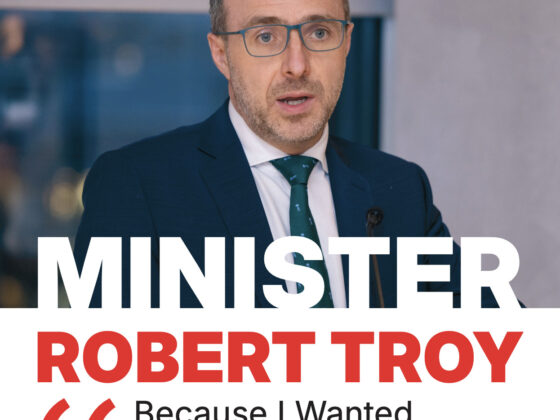In a country bruised by war, in a hospital crumbling under the weight of poverty and silence, one man made an impossible promise and kept it.
Samvel Danielyan’s story is not the story of easy heroes. It is a story of grit without applause, of stubborn hope carved into stone. A priest’s son, raised on books and whispered prayers in the Soviet Union, Dr. Danielyan fought not for fame or fortune but for the lives of children most of the world had already counted out.
Against broken walls, against rats, against the soft cruelty of bureaucracy and the brutal cold of neglect, he built a new future — one transfusion, one bone marrow transplant, one saved child at a time.
CancerWorld sat down with Dr. Samvel Danielyan to chronicle a journey marked by vision and unwavering dedication, and we are pleased to share it with you.
Born of Faith, Shaped by Books, Driven by Purpose
Could you share where you were born, what your childhood was like, and how those early experiences shaped the trajectory of your life?
I was born in Tbilisi, a city that remains dear to me, a place of warmth and beauty. I was raised in a spiritual family; my father was a priest. I grew up surrounded by a rich intellectual and spiritual environment, nurtured by a magnificent library and the atmosphere of the Church. I am deeply grateful for that foundation.
My decision to become a doctor was shaped by the literature I read. I was especially influenced by the works of Remarque—Arch of Triumph was a book that never left my desk. Writers like Ruben Sevak and Paruyr Sevak, as well as Russian and Western authors, guided my intellectual path. I completed school in Tbilisi and moved to Yerevan to study at the Yerevan State Medical University. After graduating, I began practicing in the provinces, specifically in Charentsavan, for three years, with the ambition to continue my training at larger centers.
I later moved to Moscow, where I lived for six years. Though life was difficult, I had the privilege of being mentored by exceptional teachers whose influence remains with me to this day.
During my clinical residency, I rotated through various departments and realized that pediatric hematology and oncology were my true calling. My mentors embraced me as one of their own.
In 1994, I returned to Armenia to find a healthcare system in disarray. Physicians were doing their best to treat children, but there were no medications.
Everyone Said, ‘This Man is Crazy.’
I began searching for solutions and quickly understood that delivering proper treatment would first and foremost require funding. Chemotherapy was prohibitively expensive. Everyone said, ‘This man is crazy.’ Modern chemotherapy doesn’t cost five or even five hundred dollars; each treatment in Germany, for example, would have cost over fifty thousand dollars.
At night, lying in bed, I sometimes wondered if they were right. Where would I find such funding? But I was young and determined.
I remember how entire families stayed in the hospital with their sick children. It was a time of war, bitter cold, and hunger.
I started looking for support. I approached every regional governor, asking each to renovate just one hospital room for children from their province. It wasn’t a lot—six to seven hundred dollars would suffice to ensure clean water and basic conditions. We had around forty children annually.
It didn’t work.
I reached out to oligarchs. Still, no results. I wrote letters to anyone I could think of.
My next hope lay with diplomats. One of the first was the German Ambassador to Armenia, Norbert Heinze. He changed the course of my life, and I am deeply grateful to him.
When I approached him, he said he would try to help. He visited our department, witnessed the dismal conditions, and years later admitted that he initially thought he might just donate a portion of his salary, but then Friedrichs, a medical attaché at the German Embassy in Moscow, told him this was no small endeavor. Their main concern was whether, under the prevailing sanitary conditions, it would even be feasible to implement modern treatment protocols—and whether the funds would be used effectively.
Again, He Thought About Buying a One-Way Ticket to Moscow
The Ambassador called in a hygienist, who happened to be Armenian. He came and concluded that no medical treatment could be safely administered under such conditions. He wrote this in his report. Another setback. I tried to persuade him.
All my months of effort seemed wasted. I argued that if we had the funds, we could renovate, we could create proper conditions. I promised that with the right environment, I would ensure treatment would be possible. He replied, “I’ve documented the current state. If you secure the funding and renovate, I’ll return and re-evaluate. But until then, everything is hypothetical, and I cannot endorse treatment of malignancies here.” He was right.
Once again, I considered leaving, buying a ticket back to Moscow. My children were small. The winter was harsh. What should I do?
One Child Saved, Thousands to Follow
The Ambassador had an aide, Levon Sargsyan, a phenomenal man. I approached him, and he supported me immensely. I was earning five dollars a month and had two children. We were barely surviving.
Levon spoke with the Ambassador, who returned to the hospital. I felt hope again.
At that time, we had a four-year-old patient with acute myeloblastic leukemia, essentially a terminal diagnosis. We managed to treat him successfully. It made waves. Young Armenian doctors were treating AML.
Coincidentally, German Foreign Minister Klaus Kinkel was due to visit Yerevan. The Ambassador informed me and said we must seize the opportunity. The case was presented, and Kinkel invited the child and her mother to Berlin.
Shortly afterward, a group of journalists from Schwäbische Zeitung arrived. Its Editor-In-Chief, Hanns Funk, a legendary journalist, came along (we now have a prize named in his honor, awarded annually). Together with Klaus Nachbaur, another brilliant journalist, they wrote articles and launched a Christmas fundraising campaign. The paper had a circulation of 500,000, the largest in southern Germany. The initiative was a resounding success.
The Plan That WORKED
We agreed that medications would be delivered to the German Embassy in Yerevan. I would collect them, track disbursement by patient name, and reorder when supplies ran low. Everything functioned like clockwork. I submitted biannual reports.
We sent physicians for training to Frankfurt, Vienna, and, in later years, to Düsseldorf, Berlin, and Hamburg. Pediatric cancer survival began improving from just a handful of cases to seventy percent. The initiative flourished.
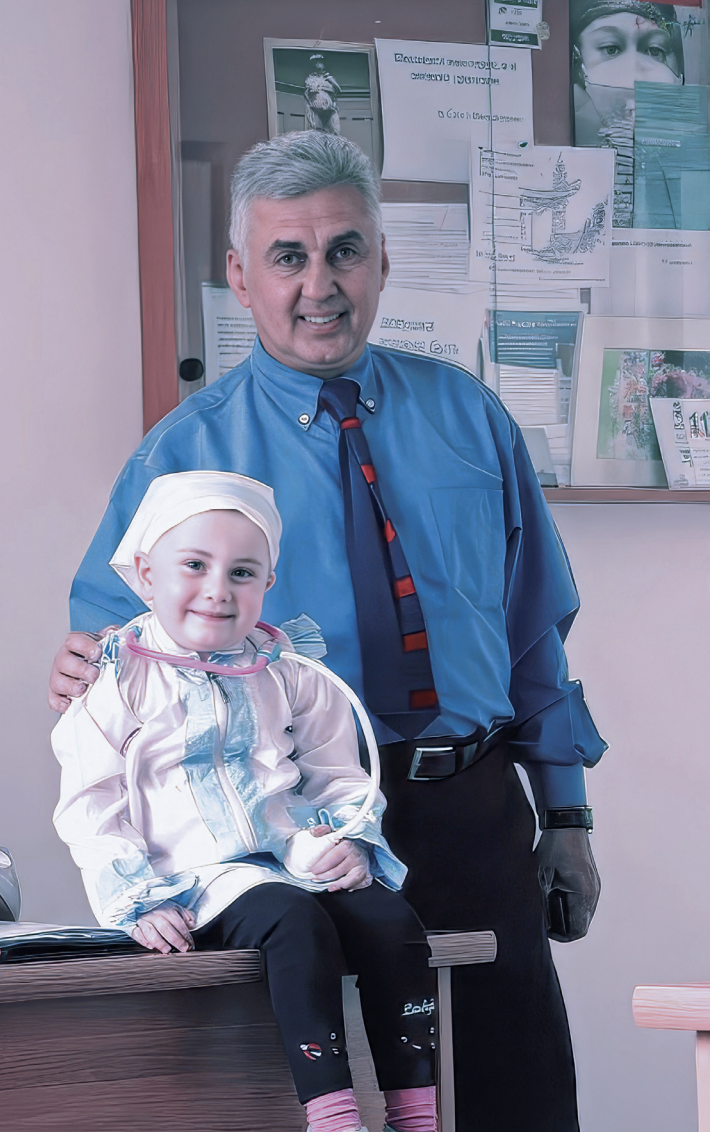
Later, I started a new program. Treating chronic myeloid leukemia typically led to the need for bone marrow transplants, an expense few Armenian families could afford. But novel treatments were emerging. Through a new wave of letters and appeals, we secured Glivec, making it freely available in Armenia for the first time. It was a major achievement, patients no longer needed transplants.
Then came my students, brilliant doctors, outstanding individuals who would bring honor to any nation. That, I consider my greatest legacy.
I owe a deep debt of gratitude to our team, nurses, doctors, and everyone. Treatment success rates improved by 2-5% each year.
The Job Is Temporary. The Mission Is Forever
Eventually, I stepped away from my role.
I spent two years unemployed—a difficult time. Beyond the lack of income, I felt unrecognized.
Then I joined the Medical University, where we founded a new clinic with an outstanding team of young professionals. It was hard at first, but I had the fortune of working with Dr. Gohar Kyalyan, a wonderful leader. I was later appointed Head of the Department of Oncology at the Yerevan State Medical Universoty, a position I held for seven years.
We built a remarkable team. Our department became one of the best in the university.
Then came another transition—to the United States.
Leading the Change
I returned to Armenia in 2018, amidst the revolution. I thought I would finally be able to do my work.
I joined the Hematology Center and initiated transformative changes. We established the Pediatric Cancer and Blood Disorders Center of Armenia. Bone marrow transplant services expanded in the adult unit and began for children. Through international programs, we began treating children with benign hematologic disorders from African countries. Soon after, Armenian children with leukemia began receiving transplants as well. New departments were opened, salaries increased, talented professionals were hired, and major infrastructure improvements were made, from the establishment of the Pediatric Palliative Care Clinic to the modernization of the pharmacy, and the renovation of a fully equipped conference hall and a modern blood bank.
Creating Teams That Win
What does it take to build and lead a successful team?
Work must always be the central value. People should be measured by their dedication, diligence, knowledge, commitment, curiosity, what they read, what they watch, what values they hold. As they say, nothing shapes a child more than the behavior of a parent. I’ve always tried to lead by example. I never left young physicians alone with critical patients. I’ve been there at 2 AM, at 5 AM, always by their side, so they feel supported.
And finally, what is the key to your success?
Work.
The story of Samvel Danielyan is not one of gold medals or grand speeches. It is the story of a man who simply refused to give up.
And because he did not give up, thousands of children lived.
Dr. Samvel Danielyan is the recipient of the Elfrieda-Albert-Foundation Lifetime
Achievement Award. “With this prestigious award, the foundation wants to honor 34 years
of professional work dedicated to the children and adolescents with cancer in Armenia”
Prof. Dr. Paul-Gerhardt Schlegel, from the University Children’s Hospital of Wuerzburg, states in his invitation for the ceremony. “Dr. Danielyan’s vision and dedication have not only established a center of excellence for pediatric oncology in Yerevan but, most notably, have trained and formed a wonderful team of professionals who will carry this vision into the future.”

